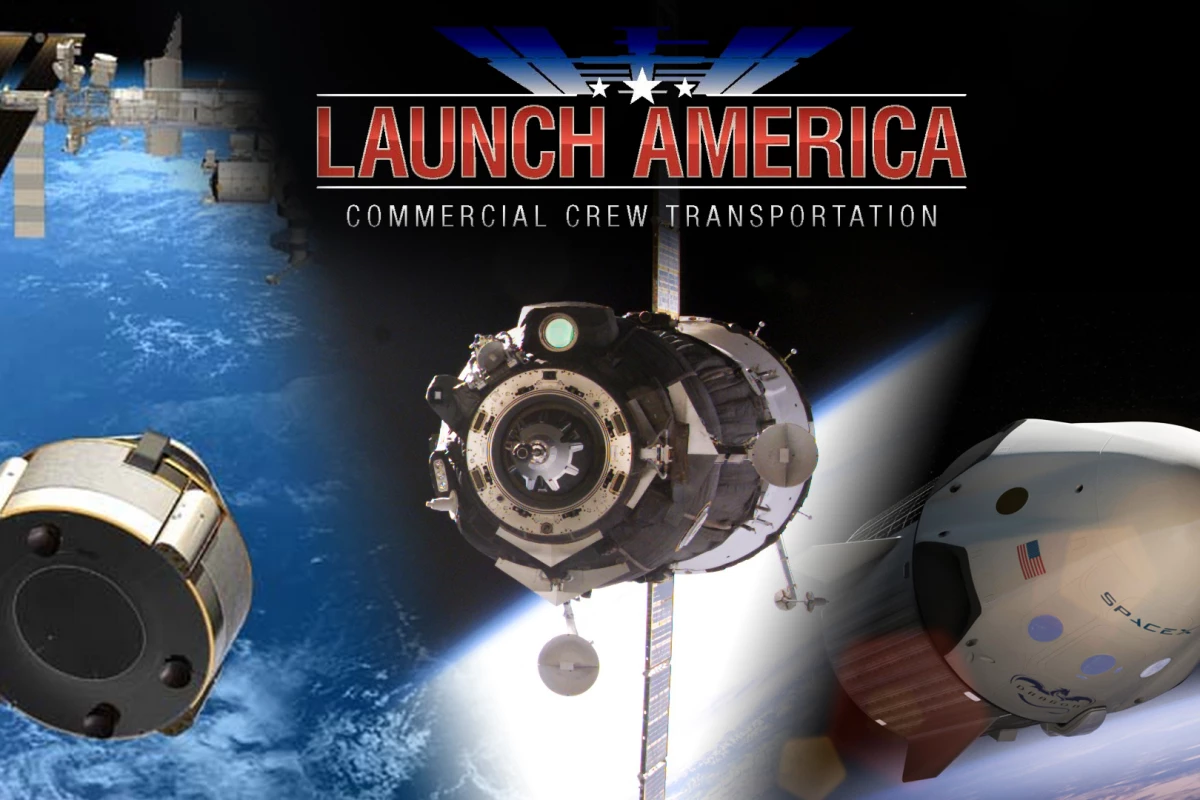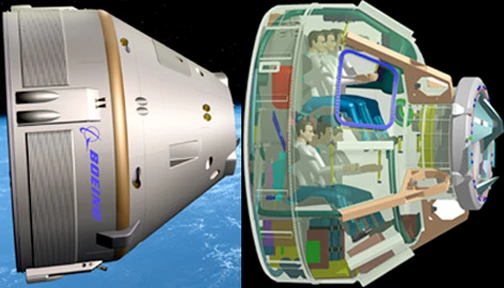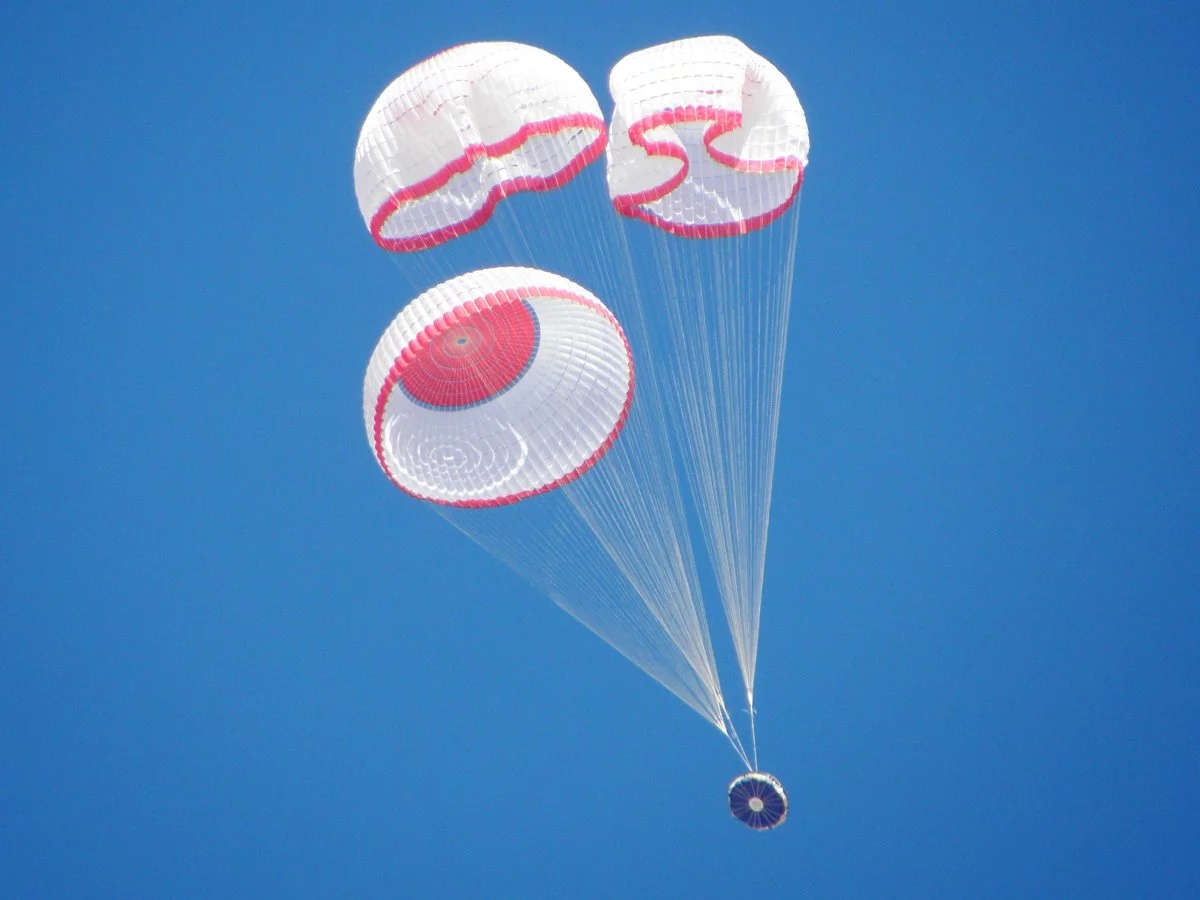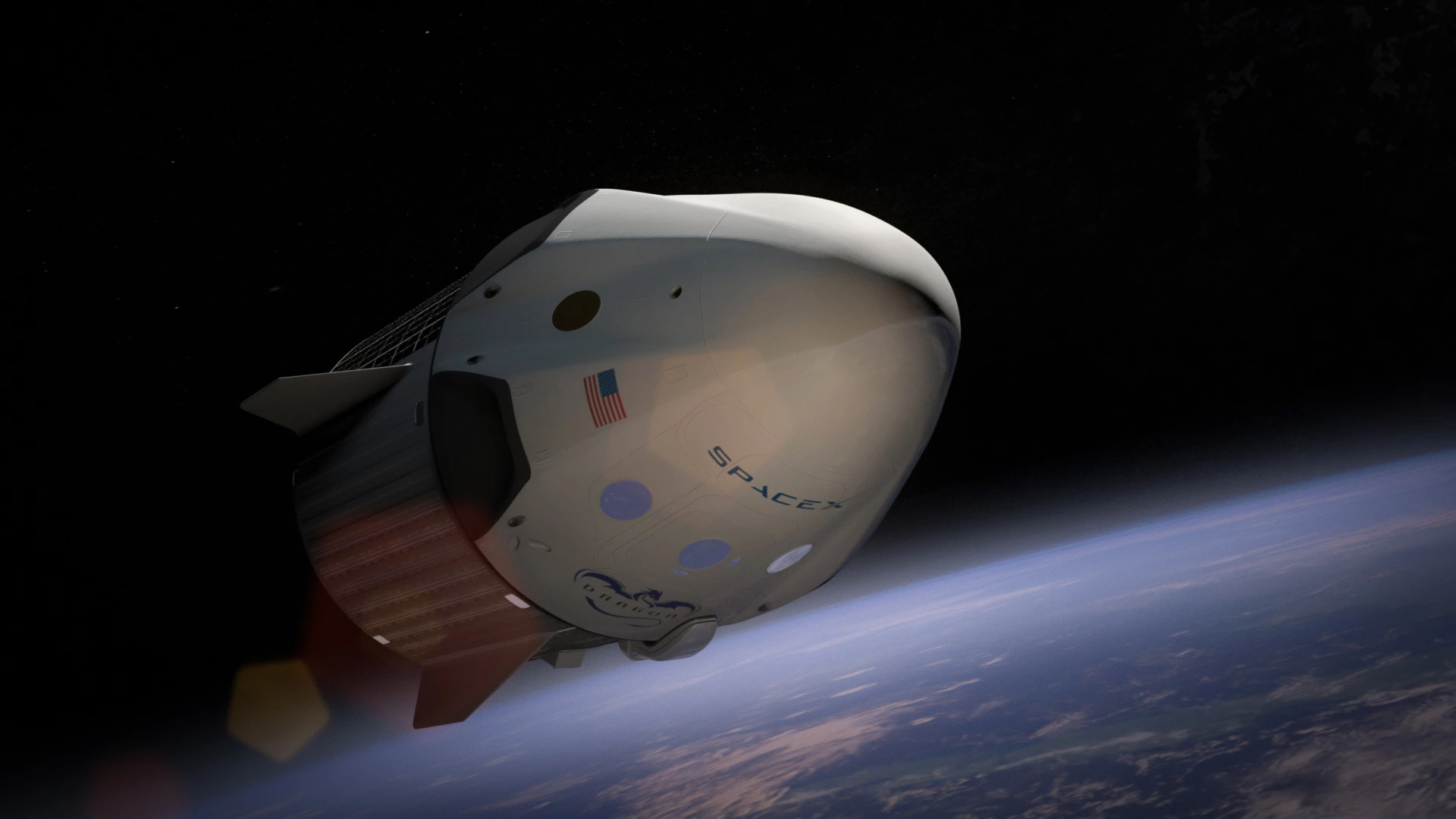The push to return manned launch capabilities to United States soil is bringing about an exciting period in the commercial space industry. September 2014 saw the awarding of the US Government's Commercial Crew Transportation Capability (CCtCap) contract, with both Boeing and SpaceX benefiting from a significant investment of US$6.8 billion. The contract has the ultimate goal of expediting the development and production of commercial spacecraft specializing in low-Earth orbit operations to the ISS. But what were the driving factors behind the change, and how do the planned replacements match up to the capabilities and conditions of the long standing Soyuz program? Read on as we delve deeper into NASA's mission to end the nation's reliance on Russia by 2017.
For many years, the Russian-built Soyuz spacecraft has been the chosen (and really the only) option for astronauts traveling to and from the International Space Station (ISS) since the retirement of the space shuttle program. First entering service in 1967 as a competitor to the legendary US Apollo program, the Soyuz spacecraft's storied history is not without its blemishes. It has seen a number of fatalities, including the pilot of the first ever manned mission, Vladimir Komarov, who perished on descent due to a parachute deployment failure.

Following the mixed fortunes of those first years, Soyuz has undergone numerous overhauls to make it the stout workhorse that we know today, successfully transporting and returning tens of astronauts and cosmonauts to the ISS, where they have pushed back the boundaries of human understanding.
While the Soyuz spacecraft has proven itself to be a dependable transport for low-Earth orbit operations to the ISS, it is unquestionably becoming a little long in the tooth. This and a number of other factors have led the United States Government to push for domestic alternatives to the program.
The need for change
Co-operation with the Russian space agency Roscosmos regarding operations aboard the ISS could be viewed as a surprising olive branch considering the otherwise temperamental relationship between the two superpowers. But recently this branch has been withered by tensions brought about by issues of a more terrestrial nature.
International discontent at Russia's annexation of the Crimean peninsula, coupled with its apparently ongoing destabilizing intervention in the region has strained diplomatic relations between the two nations. Soviet era leader Mikhail Gorbachev stated at an event marking the 25th anniversary of the fall of the Berlin Wall in November last year, that the breakdown in communications between major powers has put the world "on the brink of a new Cold War."
Following a series of American-led sanctions against the Russian economy in response to its actions in the Ukraine, Russian Deputy Prime Minister Dmitry Rogozin highlighted the American dependence on the Russian space program to reach the ISS, tweeting in April 2014, "After analyzing the sanctions against our space industry I suggest the US delivers its astronauts to the ISS with a trampoline."
However, while instabilities on the global political map may have further justified the process of returning manned launch capabilities to US soil, a commitment to do so had been laid well in advance of the current round of diplomatic strife. President Obama announced in a speech in 2010 at the Kennedy Space Center, "By buying the services of space transportation – rather than the vehicles themselves – we can continue to ensure rigorous safety standards are met. But we will also accelerate the pace of innovations as companies – from young startups to established leaders – compete to design and build and launch new means of carrying people and materials out of our atmosphere."
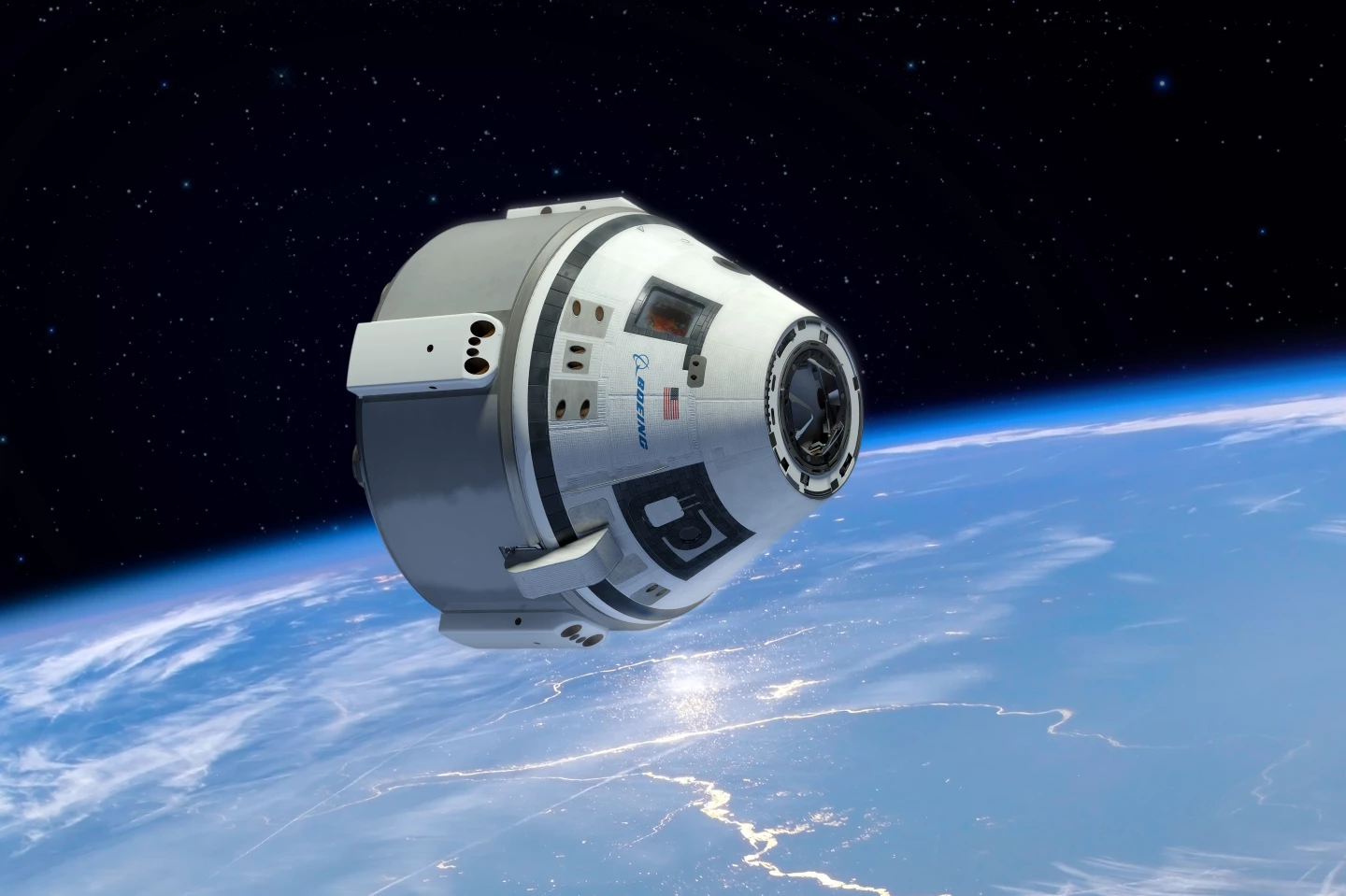
There was also a financial drive to returning launch services to American soil. As of April 2014, the US Government was paying Russia on average $76.3 million per astronaut for an all inclusive trip to the ISS, and April's Soyuz contract guaranteed six such seats for launches in 2017 totaling around $458 million. Granted, this price includes all of the requisite training and flight operations costs, limited cargo transport to and from the station, and landing and emergency recovery services, but the fact remains that this is a costly and financially unappealing system.
The status-quo of paying Russia for launch services becomes less attractive in light of the current administration's commitment to extend operations aboard the ISS to at least 2024, meaning that additional contracts would be required between the US and Russia to continue servicing the station with crew and supplies. By awarding contracts such as CCtCAP, the US Government is encouraging the growth of a domestic commercial space industry that will allow NASA and its partners to reach low-Earth orbit on a more regular basis, at a more sustainable cost.
Furthermore, once certification is complete, the companies will be able to sell their services to other clients, thus making the process cheaper all round.
The contract
As a result of these cumulative factors, NASA is seeking to bring safe, reliable and cost-effective manned launch capabilities back to US soil. The awarding of the CCtCap contract represented the second and final phase of a two step certification program.
The first stage, the distribution of the Certification Products Contracts (CPC), saw Boeing receive $9.993 million, the Sierra Nevada Corporation $10 million, and SpaceX $9.589 million. The purpose of this initial contract was to develop the data products needed to implement NASA's safety and performance requirements for future manned missions to the space station.
The second and final phase of the initiative saw $6.8 billion worth of funding being split between the two front-runners. Boeing Space Exploration was awarded the bulk of the funding, receiving $4.2 billion, with SpaceX being awarded $2.6 billion. The Sierra Nevada Corporation has since protested the decision on the basis that undue emphasis was given to the time frame of proposals over other factors.
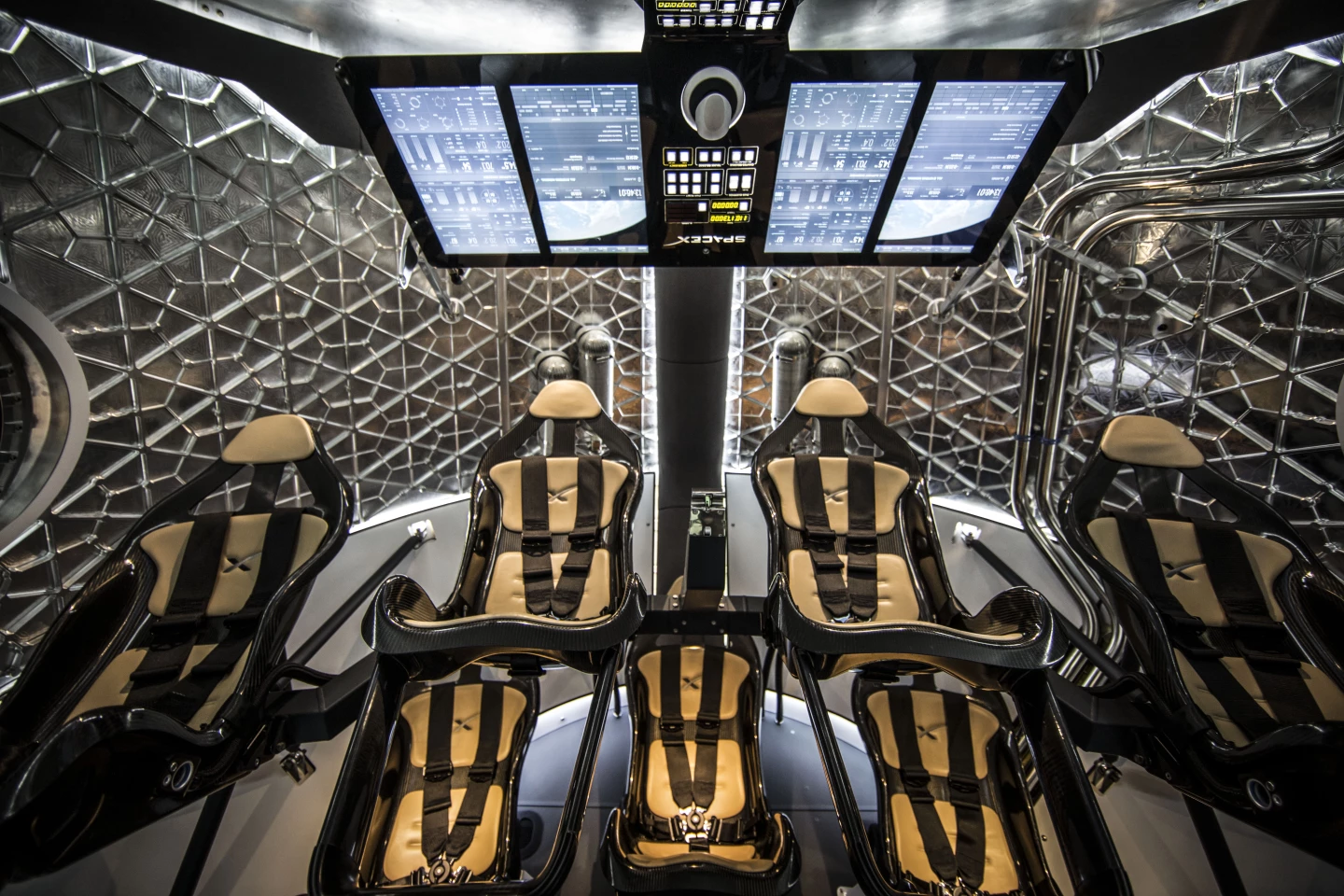
The US Government Accountability Office has since rejected the appeal, stating that both Boeing and SpaceX were selected for funding as it believed that their spacecraft represented "the best value to the government." The Office's report went on to state that although Boeing's price was significantly higher than other applicants, its track record and the company's technical and managerial approach made the outlay worthwhile. The statement also clarified that SpaceX's Dragon was selected ahead of the Sierra Nevada Corporation's Dream Chaser due to the prior's lower cost requirement.
To further encourage growth in the sector, NASA has made it clear that its own Orion spacecraft will not be in direct competition with the spacecraft of its commercial partners. NASA Administrator Charlie Bolden has stated on a number of occasions that Orion is not designed for servicing the ISS, though it will be capable of doing so, and would only be used in such a capacity if each of the agencies commercial partners' spacecraft were out of action. Such statements had previously been emphasized by the agency to assure its commercial partners that NASA would not shut the door on them by developing its own spacecraft for servicing the station, making its competitors obsolete.
Boeing's CST-100, a capsule based spacecraft, will boast the ability to either transport seven crew members or sacrifice the number of personnel in favor of cargo capacity. One of the most appealing aspects of the CST-100 from a financial standpoint, is the capacity to re-use the capsule up to 10 times before a replacement is required, a far cry from the Soyuz capsule that is spent after only one use.
The minimalist interior of the spacecraft boasts tablet technology controls, and a near-J.J. Abrams aesthetic, which provide a stark contrast when compared to the switch-addled claustrophobic bowels of the Soyuz. Upon re-entry, the capsule is protected by an ablative heat shield and slowed by parachutes, and finally airbags. It is capable of both ocean and surface landings.
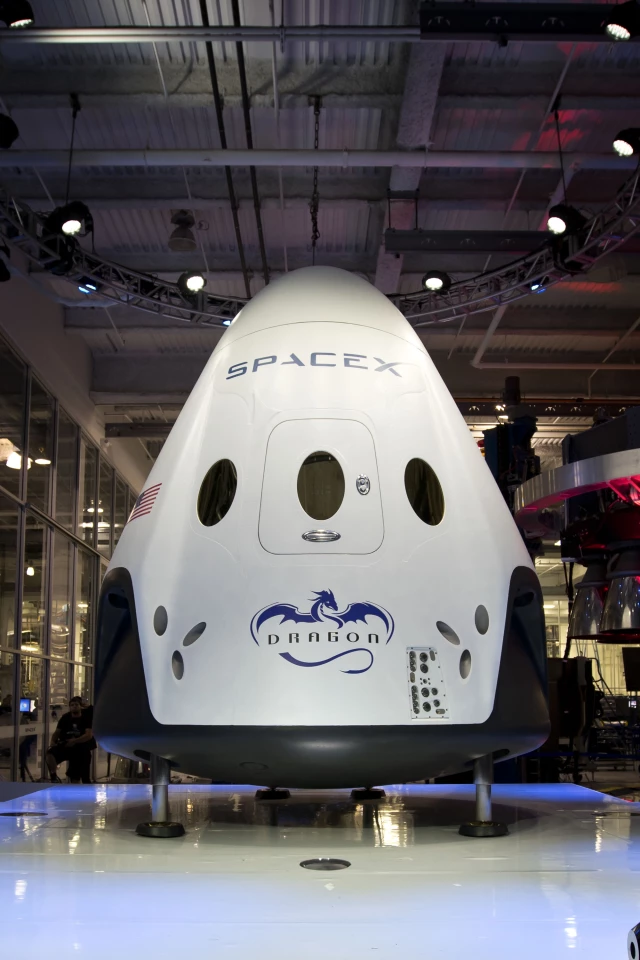
Inserted into orbit aboard SpaceX's own Falcon 9 launch vehicle, the Dragon V2 takes the sci-fi vibe to a whole new level, featuring a sleek interior and a similar tablet-based control system to the CST-100. The spacecraft can be configured in to three different layouts depending on the mission parameters.
In its crew configuration, the Dragon can transport a team of up to seven astronauts to the ISS. The capsule and its service module can also be outfitted to act as a supply ship or even as an unmanned microgravity lab in space, independent from the ISS. During re-entry and final descent, the Dragon depends on parachutes and the same kind of soft landing rockets used with the current Soyuz capsule, designed to fire just before the spacecraft touches down.
The successful applicants will be expected to carry out a test flight prior to the 2017 deadline, with a crew including one NASA astronaut who will assess the spacecraft's system performance. During this flight the spacecraft will be required to maneuver in space and ultimately dock with the ISS.
Once both companies have completed their test programs, the increased crew and cargo capacity boasted by the SpaceX and Boeing spacecraft will allow NASA to transport a crew of four to the ISS, rather than the standard three ordinarily ferried into orbit by the Soyuz. This ability to support an extra astronaut aboard the station will allow NASA to dramatically increase its research output on a station where time is quite literally money. Following certification, each company will be obliged to carry out at least two, and as many as six, manned missions to the ISS, with future contracts being costed on a per mission basis, rather than the current per seat arrangement.
Thanks to an increase in public interest and the proliferation of commercial companies bent on developing their own launch solutions, we stand at the cusp of a second golden age of manned space exploration. The CCtCAP will have the effect of supporting the most promising of these programs, speeding up development of future spacecraft while encouraging the competitive element that is the core of any thriving commercial sector.
Source: NASA
